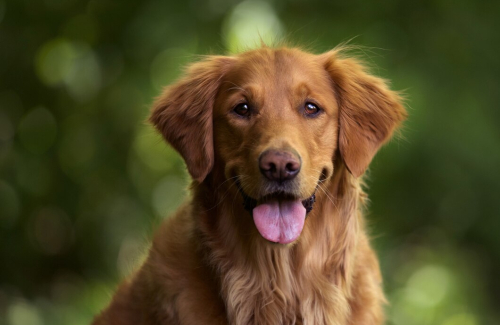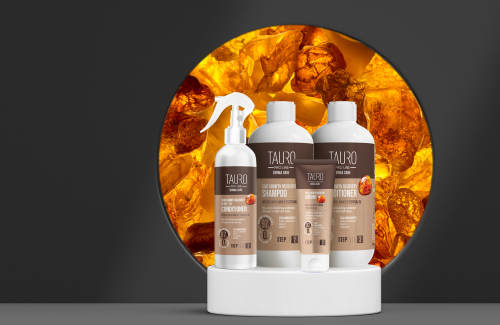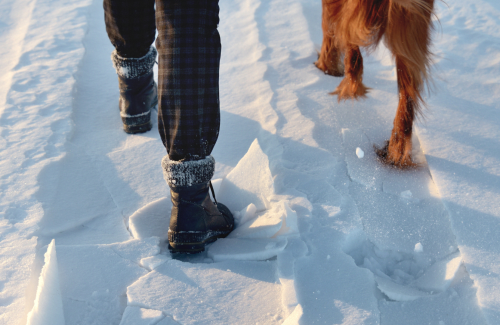What are dog coat types? And what are the differences?
Dogs come in a variety of coat types, each with its own unique texture, length, and grooming needs. Understanding these coat types can help pet owners choose the right bathing products, tools and techniques to provide the best care for their furry friends. In this article, we will explore the different dog coat types, provide examples of breeds that have these coats, and discuss the specific grooming and care requirements for each type.
Types of Dog Coats
1. Smooth Coat
Description: Smooth coats are short, sleek, and lie close to the dog's body. They provide a shiny and glossy appearance, often requiring minimal grooming.
Examples of Breeds:
-
Beagle
-
Boxer
-
Dalmatian
Grooming and Care: Smooth-coated dogs are relatively low-maintenance. Regular brushing with a soft-bristle brush or grooming mitt helps to remove loose hairs and keep the coat shiny. Bathing can be done as needed, usually once every few months, unless the dog gets particularly dirty.
2. Double Coat
Description: Double coats consist of two layers: a dense undercoat and a longer, weather-resistant topcoat. This type of coat provides insulation and protection from the elements.
Examples of Breeds:
-
Siberian Husky
-
Golden Retriever
-
German Shepherd
Grooming and Care: Double-coated breeds require regular brushing to prevent matting and to manage shedding. During shedding seasons (spring and fall), more frequent brushing is needed to remove the loose undercoat. A slicker brush and an undercoat rake are useful tools for grooming double-coated dogs. Bathing should be done as necessary, and it's important to ensure the coat is thoroughly dried to prevent skin issues.
3. Wire Coat
Description: Wire coats are rough and bristly to the touch. They often have a dense undercoat and require specialized grooming to maintain their texture.
Examples of Breeds:
-
Wire Fox Terrier
-
Schnauzer
-
Airedale Terrier
Grooming and Care: Wire-coated dogs need regular hand-stripping, a technique that involves plucking out dead hairs by hand or using a stripping knife. This helps maintain the coat's texture and promotes healthy hair growth. Regular brushing with a slicker brush can also help keep the coat tidy. Bathing should be done with a gentle shampoo to avoid softening the coat.
4. Curly Coat
Description: Curly coats are characterized by tight curls or waves that cover the dog's body. These coats are often hypoallergenic and can range from soft to coarse.
Examples of Breeds:
-
Poodle
-
Bichon Frise
-
Portuguese Water Dog
Grooming and Care: Curly-coated dogs require frequent grooming to prevent matting. Regular brushing with a slicker brush and combing through the curls helps to keep the coat tangle-free. Professional grooming every 4-6 weeks is recommended to maintain the coat's shape and health. These dogs need regular baths and conditioning to keep their curls looking their best.
5. Long or Falling Coat
Description: Long coats can be straight or wavy and require diligent grooming to prevent tangles and mats. These coats often have a luxurious appearance.
Examples of Breeds:
-
Shih Tzu
-
Afghan Hound
-
Maltese
Grooming and Care: Long-coated breeds need daily brushing to prevent tangles and mats. A pin brush and a comb are essential tools for grooming long-haired dogs. Regular baths and conditioning treatments help keep the coat healthy and shiny. Professional grooming every few weeks may also be necessary to trim and maintain the coat.
6. Hairless
Description: Hairless breeds have little to no hair on their bodies, with some having tufts of hair on the head, tail, and feet. Their skin is exposed and requires special care.
Examples of Breeds:
-
Chinese Crested
-
Xoloitzcuintli (Mexican Hairless Dog)
-
American Hairless Terrier
Grooming and Care: Hairless dogs need regular skin care to prevent dryness and sunburn. Their skin should be moisturized with dog-safe lotions, and they may require sunscreen when exposed to the sun. Regular bathing is important to keep their skin clean and free from irritants. These dogs are also prone to developing blackheads and acne, so gentle exfoliation can help keep their skin healthy.
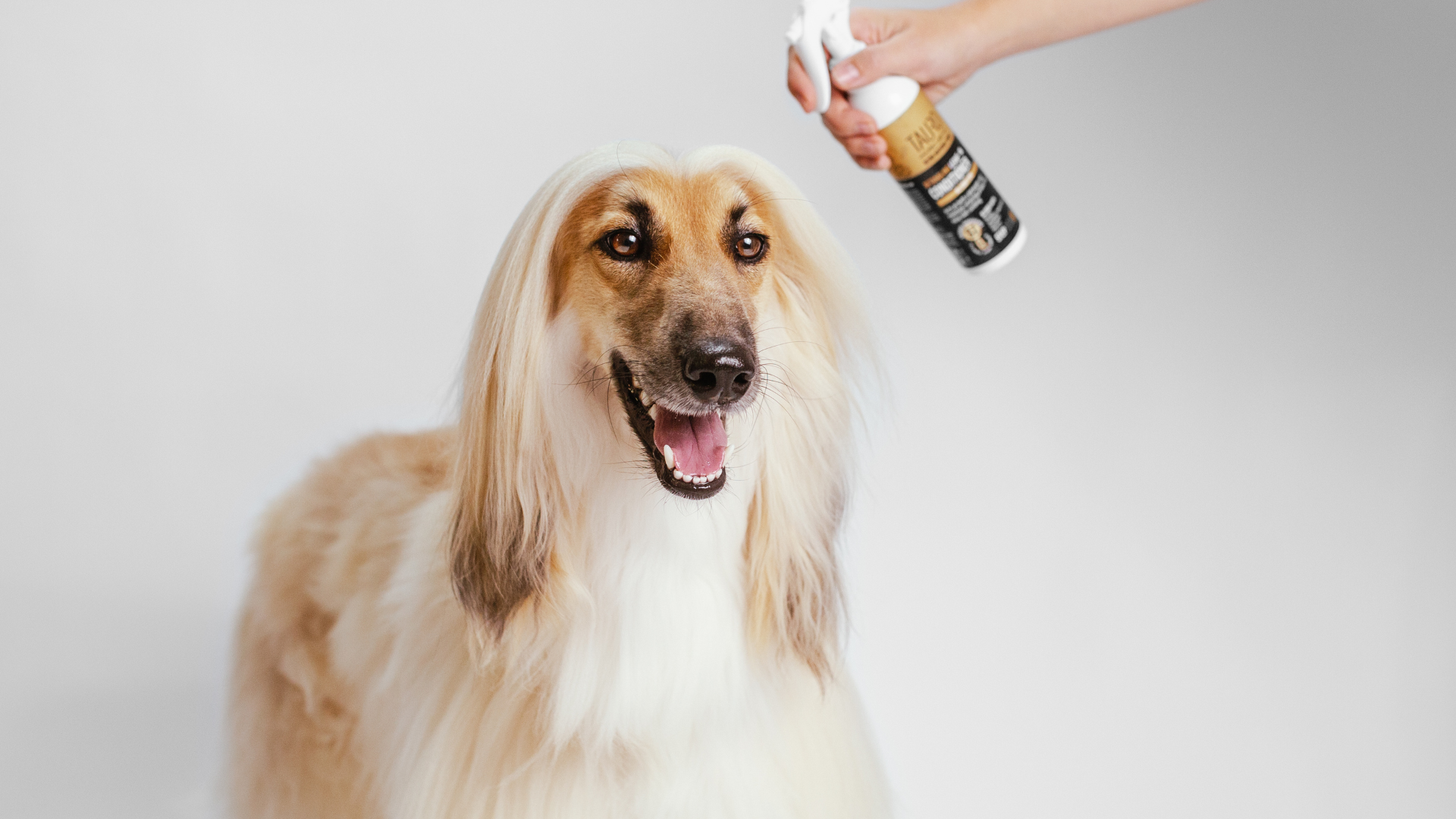
Grooming and Care Tips for Different Coat Types
Smooth Coat
-
Brushing: Once a week with a soft-bristle brush or grooming mitt.
-
Special Care: Minimal grooming required, but regular brushing helps reduce shedding.
Double Coat
-
Brushing: At least twice a week, daily during shedding seasons.
-
Bathing: The key is to ensure the coat is thoroughly dried.
-
Special Care: Use a slicker brush and undercoat rake to manage shedding and prevent matting.
Wire Coat
-
Brushing: Weekly with a slicker brush.
-
Hand-Stripping: Every few months to maintain coat texture.
-
Bathing: With gentle shampoo to avoid softening the coat.
-
Special Care: Regular hand-stripping is crucial for maintaining the coat's unique texture.
Curly Coat
-
Professional Grooming: Every 4-6 weeks for trimming and shaping.
-
Bathing: Regular weekly baths with conditioning to keep curls healthy.
-
Special Care: Frequent grooming to prevent matting and keep curls defined.
Long or Falling Coat
-
Bathing: Regular baths with conditioning treatments.
-
Professional Grooming: Every few weeks for trimming and maintenance.
-
Special Care: Daily grooming is essential to prevent tangles and mats.
Hairless
-
Skin Care: Regular moisturizing and sun protection.
-
Bathing: Frequent baths to keep skin clean.
-
Special Care: Monitor for blackheads and acne, and use gentle exfoliation as needed.
Tauro Pro Line offers a wide range of natural products suitable for all coat types so by understanding the specific grooming needs of your dog's coat type, you can ensure they remain healthy, comfortable, and looking their best. Regular grooming not only maintains the coat's appearance but also provides an opportunity to check for any skin issues or abnormalities. Each coat type has its own beauty and charm, and with proper care, your dog can enjoy a happy and healthy life.

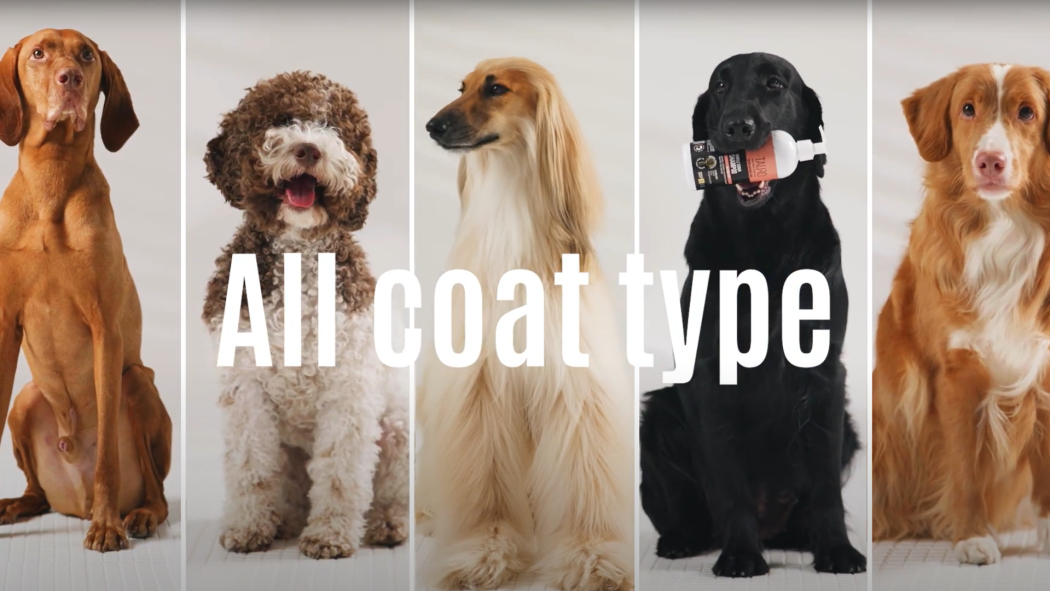
 2024-05-30
2024-05-30


